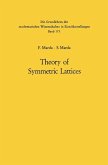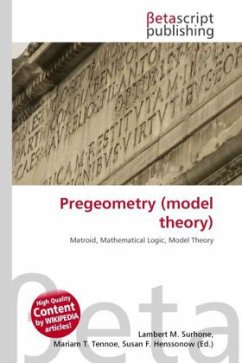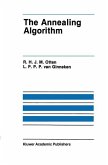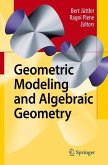I. The topics of this book The concept of a matroid has been known for more than five decades. Whitney (1935) introduced it as a common generalization of graphs and matrices. In the last two decades, it has become clear how important the concept is, for the following reasons: (1) Combinatorics (or discrete mathematics) was considered by many to be a collection of interesting, sometimes deep, but mostly unrelated ideas. However, like other branches of mathematics, combinatorics also encompasses some gen eral tools that can be learned and then applied, to various problems. Matroid theory is one of these tools. (2) Within combinatorics, the relative importance of algorithms has in creased with the spread of computers. Classical analysis did not even consider problems where "only" a finite number of cases were to be studied. Now such problems are not only considered, but their complexity is often analyzed in con siderable detail. Some questions of this type (for example, the determination of when the so called "greedy" algorithm is optimal) cannot even be answered without matroidal tools.
Bitte wählen Sie Ihr Anliegen aus.
Rechnungen
Retourenschein anfordern
Bestellstatus
Storno









